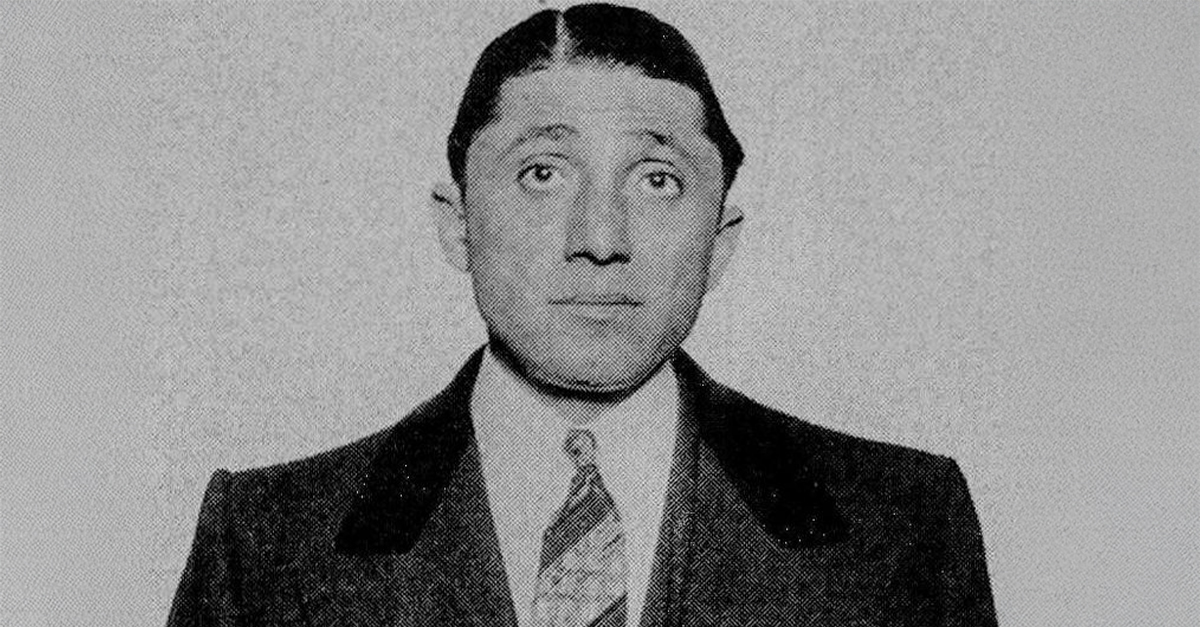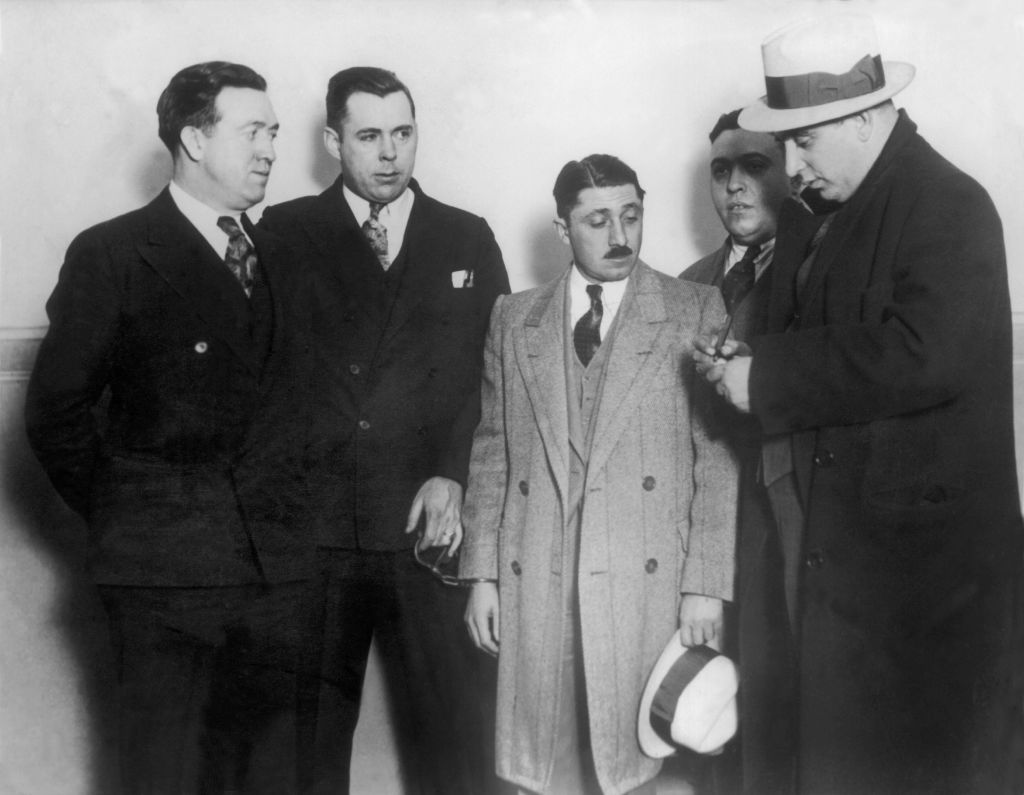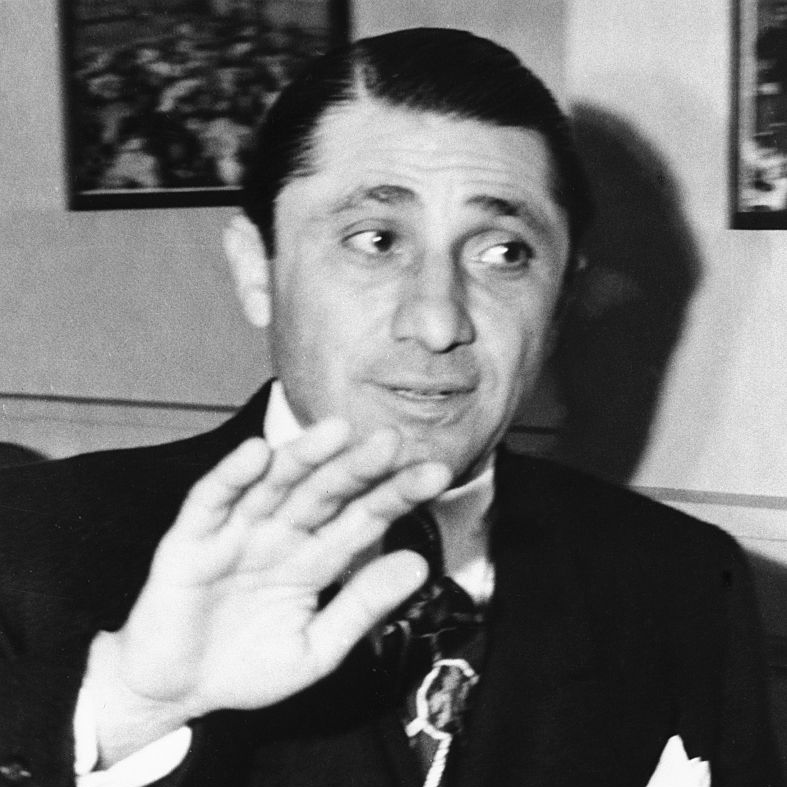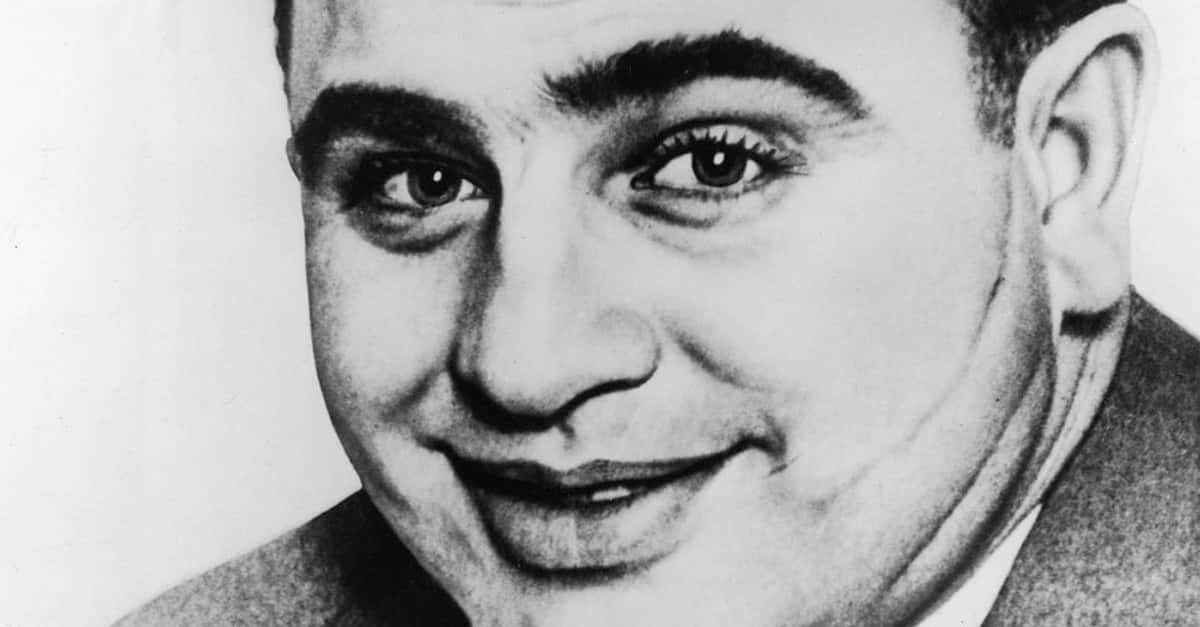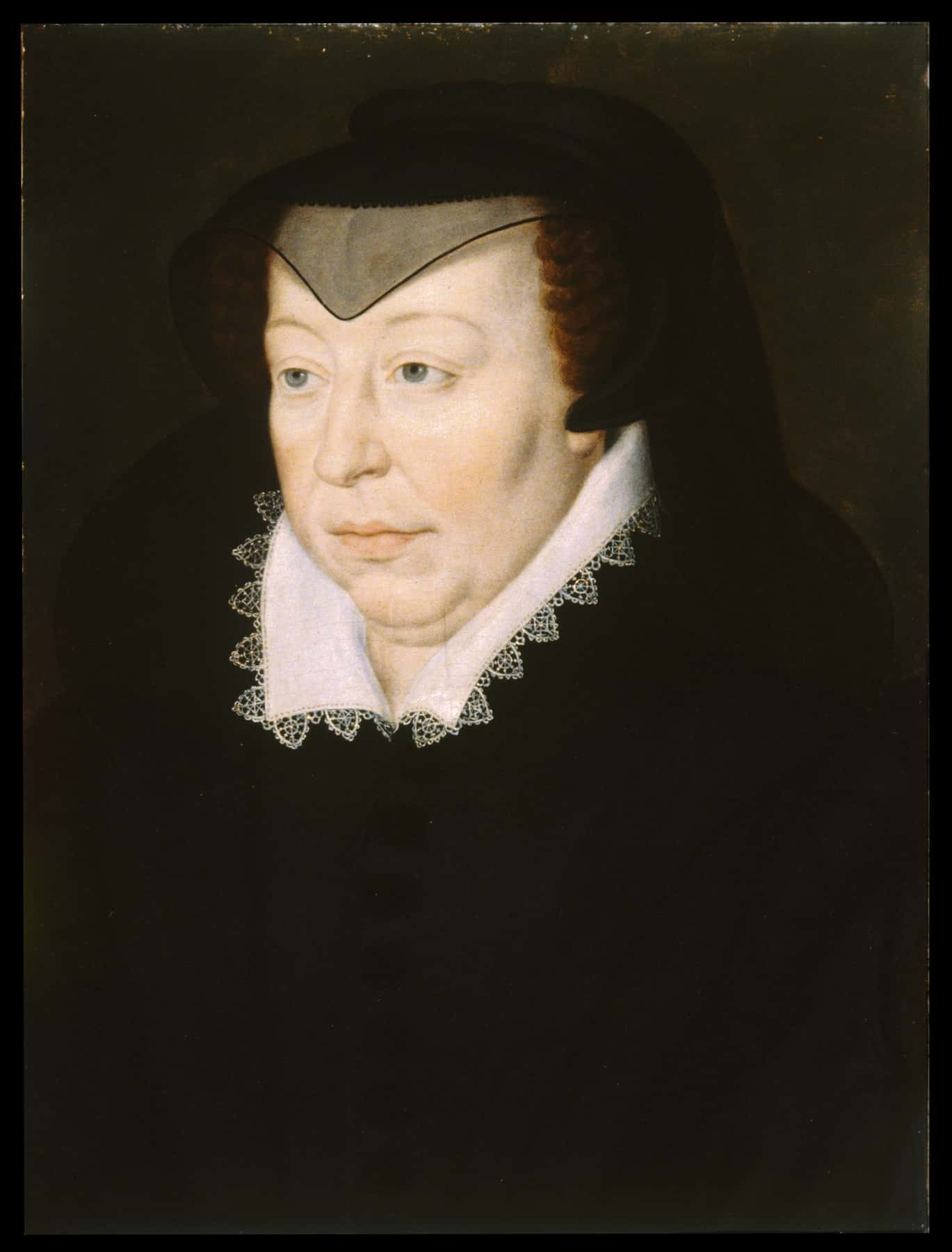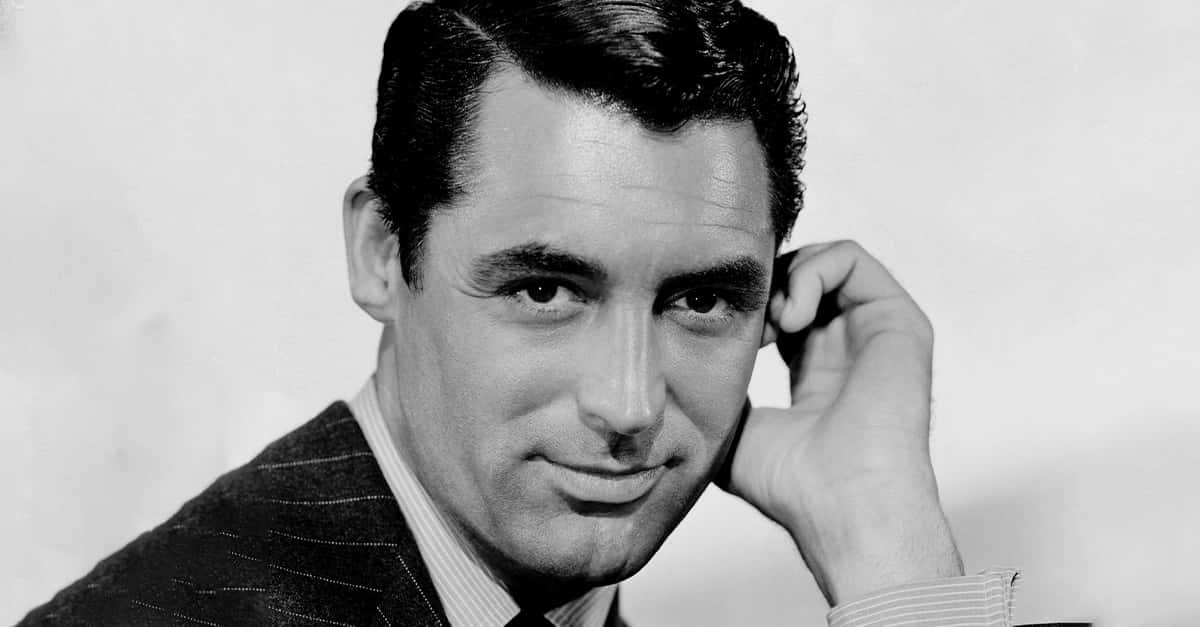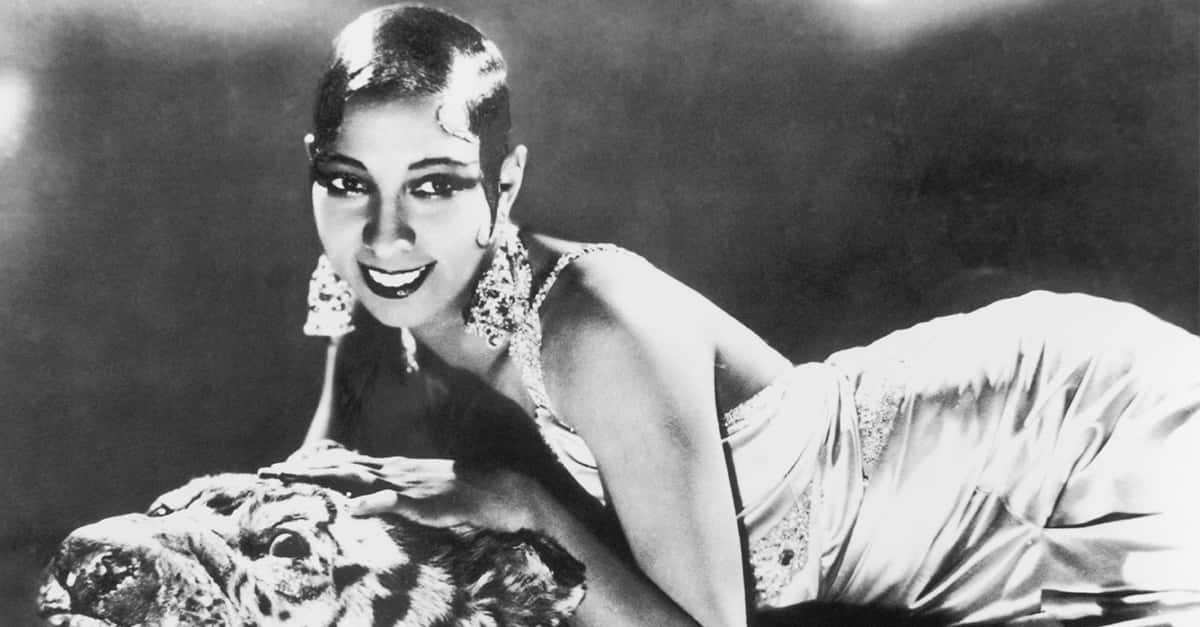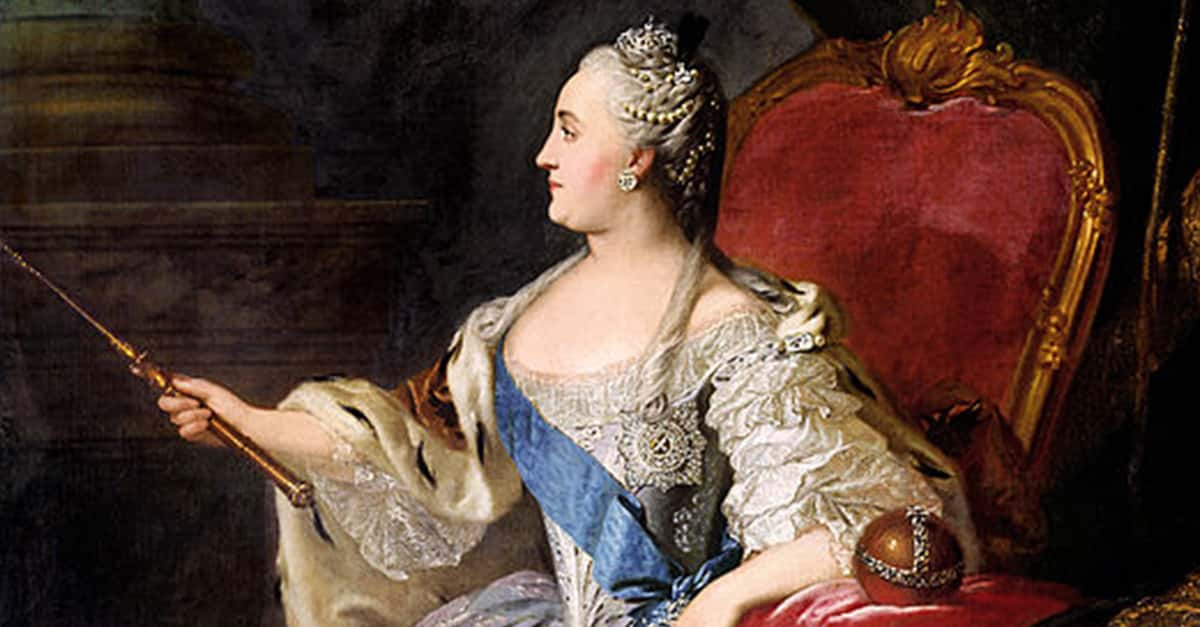When Al Capone was sent to prison for tax evasion in 1931, many wondered who could fill the void left by Chicago’s most infamous mob boss. The answer came in the form of Frank Nitti, Capone’s trusted associate. Known as "The Enforcer," Nitti wasn’t as flamboyant as Capone but he transformed the Chicago Outfit from a violent bootlegging empire into a sophisticated, business-oriented underworld syndicate.
A Quiet, Calculated Leadership Style
Unlike Capone’s high-profile persona, Frank Nitti preferred to operate in the shadows. He steered the Outfit away from the spotlight, focusing on maintaining profits while avoiding unnecessary attention from law enforcement. Nitti’s leadership emphasized subtlety and corruption over brute force, ensuring the Outfit’s survival during a period of increased federal scrutiny.
Shifting From Bootlegging To Business
With Prohibition coming to an end in 1933, Nitti recognized that the Outfit needed new revenue streams. Under his guidance, the mob expanded into labor racketeering, gambling, and unions. Nitti masterminded schemes to control labor unions in Chicago, using this influence to shake down businesses and secure lucrative contracts for mob-controlled companies.
The Outfit’s Grip On Hollywood
One of Nitti’s most ambitious moves was extending the Outfit’s reach into Hollywood. Through control of projectionists' and other film industry unions, Nitti’s organization extorted major studios by threatening strikes or damage to film distribution. This marked a significant evolution in organized crime—blending union manipulation with corporate shakedowns on a national scale.
Maintaining Order Within The Outfit
Nitti was respected but not feared in the way Capone had been. He ruled more as a consensus-builder among the Outfit’s top figures, including influential lieutenants like Paul Ricca and Tony Accardo. His ability to manage internal conflicts and keep the organization profitable made him an effective, if understated, leader during turbulent times.

History's most fascinating stories and darkest secrets, delivered to your inbox daily.
Constant Pressure From Law Enforcement
Despite his low profile, Nitti couldn’t completely escape law enforcement attention. Federal agencies remained determined to dismantle the remnants of Capone’s empire. Nitti was taken into custody multiple times throughout his career, including a high-profile conviction in 1932 for tax evasion, though he served only a short sentence.
The Hollywood Racketeering Case
Nitti’s downfall began with the federal investigation into the Outfit’s activities in Hollywood. In 1943, indictments were handed down against several mob leaders, including Nitti, for their roles in the shakedown of the major film studios through the mob’s control of the theatre workers’ union. The case threatened to expose not only Nitti but also his closest associates, placing immense pressure on the already embattled boss.
Betrayal From Within
During internal discussions about who would take the fall for the Hollywood charges, Nitti’s top lieutenants turned against him. They insisted that Nitti, as the architect of the scheme, should face the consequences alone. Suffering from severe claustrophobia and unable to face the prospect of returning to prison, Nitti found himself isolated and without options.
Nitti’s Final Act
On March 19, 1943, Frank Nitti walked to a railway yard near his home in Riverside, Illinois. Using a revolver, he ended his own life. His final act marked a dramatic and tragic end to a career built on quiet calculation and survival within the ruthless mob underworld.
Legacy Of A Reluctant Mob Boss
Frank Nitti’s impact on the Chicago mob scene was significant. He transformed the Outfit into a diversified illicit enterprise, ensuring its longevity beyond the Prohibition era. However, his downfall highlighted the precarious nature of mob leadership, where loyalty was fleeting, and past success offered no protection against internal betrayal or retribution.
The Man Who Kept The Outfit Alive
While Al Capone made headlines, it was Frank Nitti who kept the Chicago Outfit profitable and adaptable in the years that followed. His strategic mind and preference for working behind the scenes allowed the mob to thrive in new ventures. In the end, Nitti became a victim of the very system he helped build—where power, once lost, offered no escape.
You May Also Like:
Flamboyant Facts About Bugsy Siegel, The Wiseguy Who Built Vegas
Lawless Hollywood: The Sordid Origin Of The Sunset Strip
42 Sobering Facts About Drug Cartels

